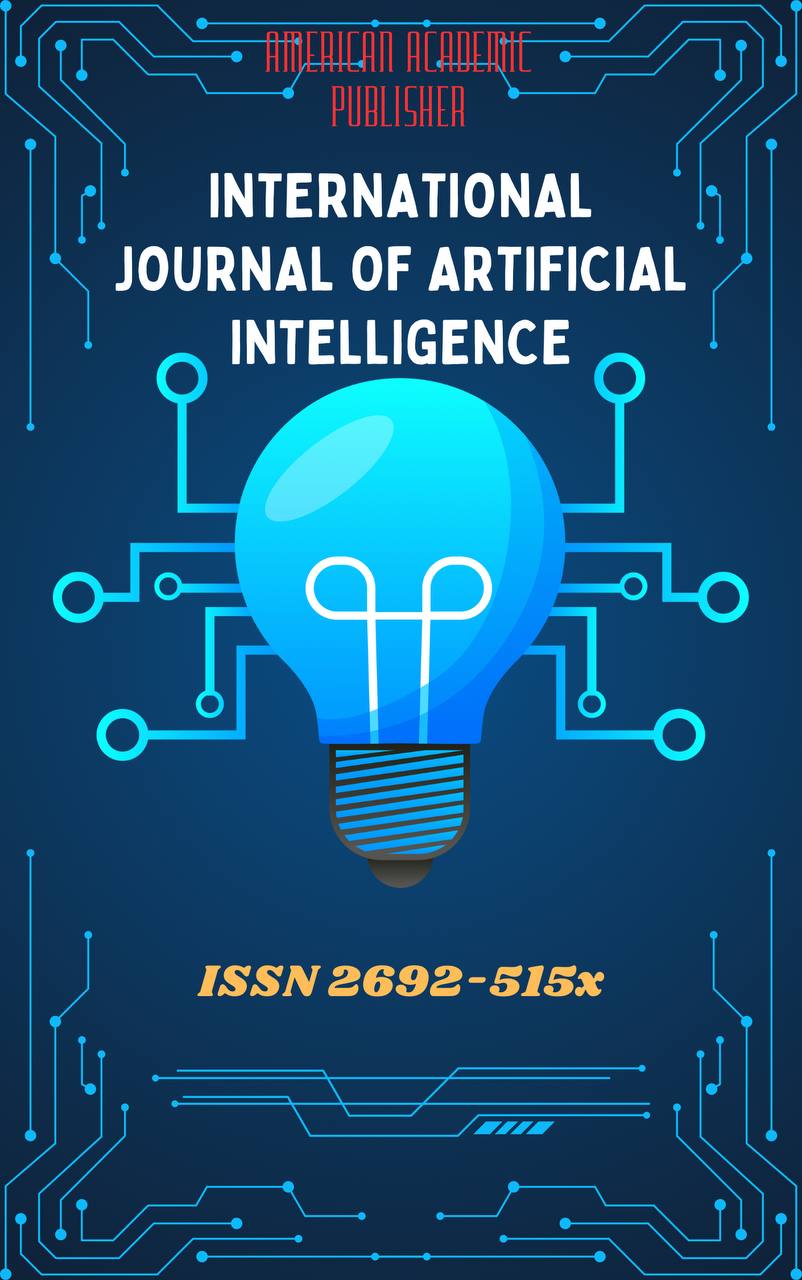 Articles
| Open Access |
Articles
| Open Access | BIOPHYSICAL MECHANISMS OF PROTEIN FOLDING AND MISFOLDING: IMPLICATIONS FOR NEURODEGENERATIVE DISEASES AND THERAPEUTIC APPROACHES
Sobirjonov Abdusamad Zoxidovich, Xolmetov Shavkat Sherimatovich, Ixrarova Suraye Isroiljon qizi , Assistant of the Department of Biomedical Engineering, Informatics and Biophysics, Tashkent State Medical UniversityAbstract
Protein folding is a crucial biological process, and its errors, known as misfolding, are linked to neurodegenerative diseases such as Alzheimer’s and Parkinson’s. This study examines the biophysical mechanisms of folding and misfolding, integrating experimental data and computational modeling to analyze protein stability and aggregation. Therapeutic approaches, including molecular chaperones and small-molecule interventions, are also explored. The findings highlight the importance of understanding protein dynamics for disease prevention and the development of targeted treatments.
Keywords
protein folding, protein misfolding, neurodegenerative diseases, biophysics, molecular dynamics, therapeutic interventions.
References
Dobson, C. M. (2003). Protein folding and misfolding. Nature, 426(6968), 884–890. https://doi.org/10.1038/nature02261.
Chiti, F., & Dobson, C. M. (2017). Protein misfolding, amyloid formation, and human disease: A summary of progress over the last decade. Annual Review of Biochemistry, 86, 27–68. https://doi.org/10.1146/annurev-biochem-061516-045115.
Knowles, T. P., Vendruscolo, M., & Dobson, C. M. (2014). The amyloid state and its association with protein misfolding diseases. Nature Reviews Molecular Cell Biology, 15(6), 384–396. https://doi.org/10.1038/nrm3810.
Hartl, F. U., Bracher, A., & Hayer-Hartl, M. (2011). Molecular chaperones in protein folding and proteostasis. Nature, 475(7356), 324–332. https://doi.org/10.1038/nature10317.
Fersht, A. R. (1999). Structure and Mechanism in Protein Science: A Guide to Enzyme Catalysis and Protein Folding. W. H. Freeman.
Bryngelson, J. D., & Wolynes, P. G. (1987). Spin glasses and the statistical mechanics of protein folding. Proceedings of the National Academy of Sciences, 84(21), 7524–7528. https://doi.org/10.1073/pnas.84.21.7524.
Dill, K. A., Ozkan, S. B., Shell, M. S., & Weikl, T. R. (2008). The protein folding problem. Annual Review of Biophysics, 37, 289–316. https://doi.org/10.1146/annurev.biophys.37.092707.153558.
Prusiner, S. B. (1998). Prions. Proceedings of the National Academy of Sciences, 95(23), 13363–13383. https://doi.org/10.1073/pnas.95.23.13363.
Piana, S., Lindorff-Larsen, K., & Shaw, D. E. (2013). Atomic-level description of ubiquitin folding. Proceedings of the National Academy of Sciences, 110(15), 5915–5920. https://doi.org/10.1073/pnas.1215808110.
Baldwin, A. J., & Kay, L. E. (2009). NMR spectroscopy brings invisible protein states into focus. Nature Chemical Biology, 5(11), 808–814. https://doi.org/10.1038/nchembio.231.
Maxsudov, V. G., Ermetov, E. Y., & Jo,Z.R.rayeva. Types of physical education and the technologies of organization of matters in the modern education system. Fan, ta ‘lim va amaliyot integratsiyasi 2022. Vol. 4. P29-34.
Arzikulov, F., & Makhsudov, V. (2025). HOW TO CALCULATE OPERATIONS ON MATRICES USING EXCEL. Modern American Journal of Engineering, Technology, and Innovation, 1(2), 119-132.
Maksudov, V., Ermetov, E., Bobajanov, B., Abdurazzokov, J., Safarov, U., & Otakhanov, P. (2023). Possibilities of using molecular diagnostic devices in the clinical laboratory. Science and innovation, 2(D4), 46-49.
Maxsudov, V. G. (2021). Improving the methodology of teaching physics-Mechanical Vibrations‖ in higher education.
Maxsudov, V. G. (2021). Improving the methodology of teaching physics―Mechanical Vibrations‖ in higher education. Monograph. Tashkent: UzSNMU, 146.
Article Statistics
Downloads
Copyright License

This work is licensed under a Creative Commons Attribution 4.0 International License.

